Water Pollution
Introduction
Water pollution is the contamination of water bodies (e.g., lakes, rivers, oceans, aquifers, and groundwater) by harmful substances or pollutants, often as a result of human activities. This form of environmental degradation occurs when pollutants are directly or indirectly discharged into water bodies without adequate treatment to remove harmful compounds. Water pollution affects the entire biosphere – plants and organisms living in these bodies of water. In almost all cases, the effect is damaging not only to individual species and populations, but also to the natural biological communities biodiversity.
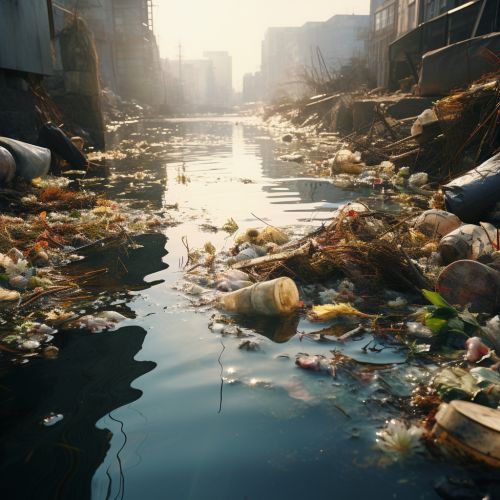

Causes of Water Pollution
Water pollution is usually caused by human activities. Different types of pollutants enter the water bodies and cause harm to the aquatic ecosystem and human health. Major sources of water pollution include:
Industrial Waste
Industries produce a significant amount of waste which contains toxic chemicals and pollutants. Industries like the ones involved in the production of pulp and paper, dyeing, chemical, steel, plastic, and rubber are major contributors to water pollution. Industrial waste often contains toxic substances that can contaminate the groundwater and surface water groundwater pollution.
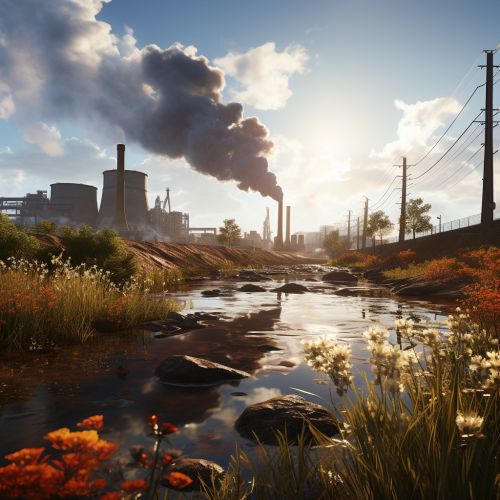
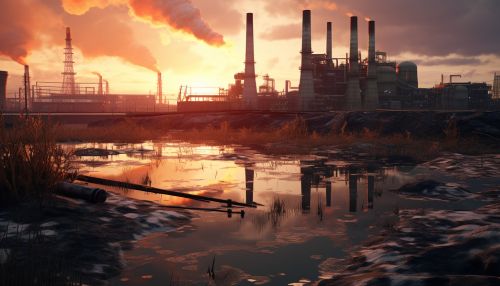
Sewage and Wastewater
The waste water from households, agricultural practices and industrial processes often contains a cocktail of pollutants. These include bacteria, viruses, nutrients, oils, and solid waste. Sewage and wastewater are typically treated before being discharged into water bodies, but the treatment processes are not always effective or comprehensive, leading to pollution sewage treatment.
Oil Pollution
Oil spills from ships and tankers are a major source of ocean and coastal pollution. The oil forms a thick layer on the water surface, blocking sunlight and making it difficult for marine life to survive. Oil spills can have devastating effects on the local ecosystem oil spill.


Radioactive Substances
Radioactive substances can contaminate water through a variety of routes. These include leaks from nuclear power plants, disposal of nuclear waste, and fallout from nuclear testing. Radioactive contamination can have serious health effects on humans and wildlife radioactive contamination.
Agricultural Runoff
Agricultural activities contribute significantly to water pollution. Fertilizers and pesticides used in farming can run off into nearby water bodies, causing eutrophication and harm to aquatic life. Livestock waste can also contaminate water sources agricultural runoff.
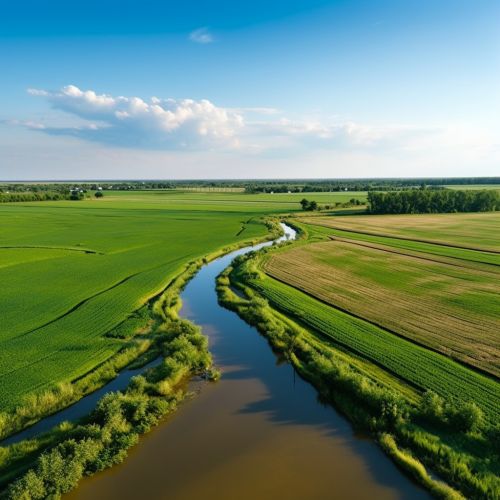
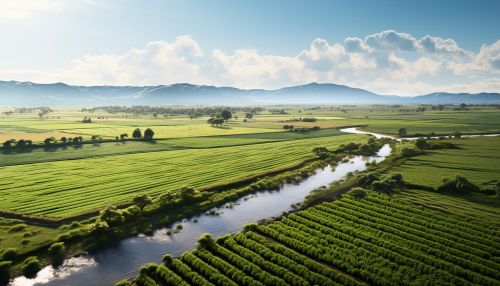
Effects of Water Pollution
Water pollution has significant effects on the environment, human health, and the economy.
Environmental Impact
Water pollution can have disastrous effects on aquatic ecosystems. Pollutants such as oil, heavy metals, and toxic chemicals can kill aquatic life directly or disrupt their life cycles. This can lead to declines in fish populations and other aquatic species, which can have knock-on effects on birds and other animals that rely on aquatic organisms for food. Water pollution can also lead to loss of biodiversity and disruption of ecosystems environmental impact of water pollution.
Human Health Impact
Humans can be exposed to water pollutants through drinking water, eating contaminated seafood, and direct contact with polluted water. Some water pollutants, such as heavy metals and certain chemicals, can cause serious health problems including cancer, neurological disorders, and reproductive issues. Waterborne diseases, caused by pathogens in polluted water, are a major cause of illness and death in many parts of the world health impact of water pollution.

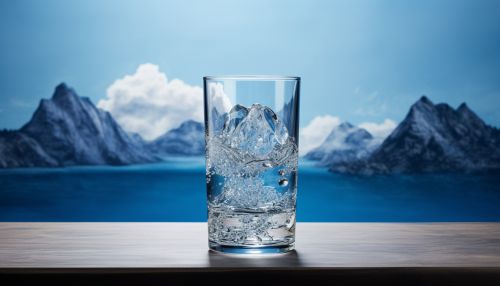
Economic Impact
The economic costs of water pollution can be substantial. These include the costs of treating polluted water, loss of income from fishing and tourism, and the health costs of illnesses caused by water pollution. In addition, water pollution can reduce property values and lead to loss of biodiversity, which can have indirect economic impacts economic impact of water pollution.
Prevention and Control of Water Pollution
Preventing and controlling water pollution requires a combination of technological solutions, regulatory measures, and public awareness efforts.
Technological Solutions
Technological solutions for water pollution include wastewater treatment, pollution prevention technologies, and remediation of polluted sites. Wastewater treatment involves removing pollutants from wastewater before it is discharged into water bodies. Pollution prevention technologies aim to reduce the amount of pollutants produced by industries and other sources. Remediation involves cleaning up polluted sites to remove or neutralize pollutants technological solutions for water pollution.
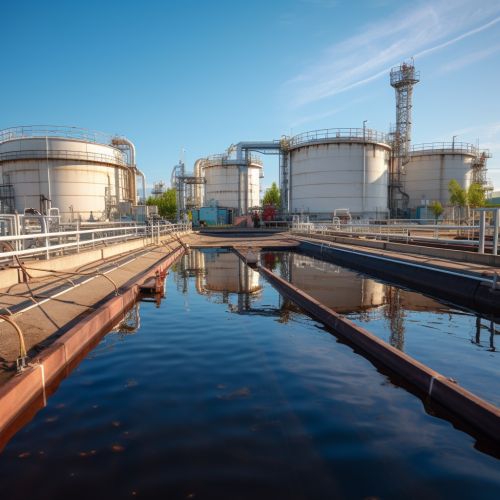
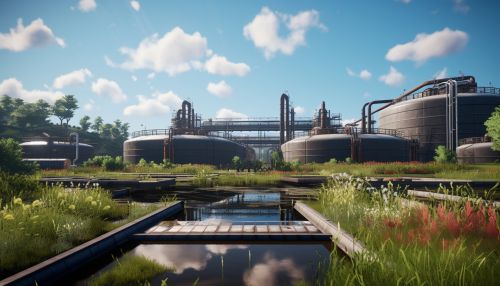
Regulatory Measures
Regulatory measures for water pollution include laws and regulations that limit the amount of pollutants that can be discharged into water bodies, and that require polluters to clean up polluted sites. These measures can be enforced by fines, penalties, and other sanctions. In addition, international agreements can help to control water pollution at a global level regulatory measures for water pollution.
Public Awareness and Education
Public awareness and education are crucial for preventing and controlling water pollution. People need to understand the causes and effects of water pollution, and what they can do to help. This can involve reducing their own contribution to water pollution, supporting pollution control measures, and advocating for clean water policies public awareness and education about water pollution.
Conclusion
Water pollution is a serious environmental issue that affects the health and well-being of humans and wildlife. It is caused by a variety of human activities, and its effects can be devastating. However, with the right combination of technological solutions, regulatory measures, and public awareness efforts, it is possible to prevent and control water pollution, and to protect our precious water resources for future generations.
